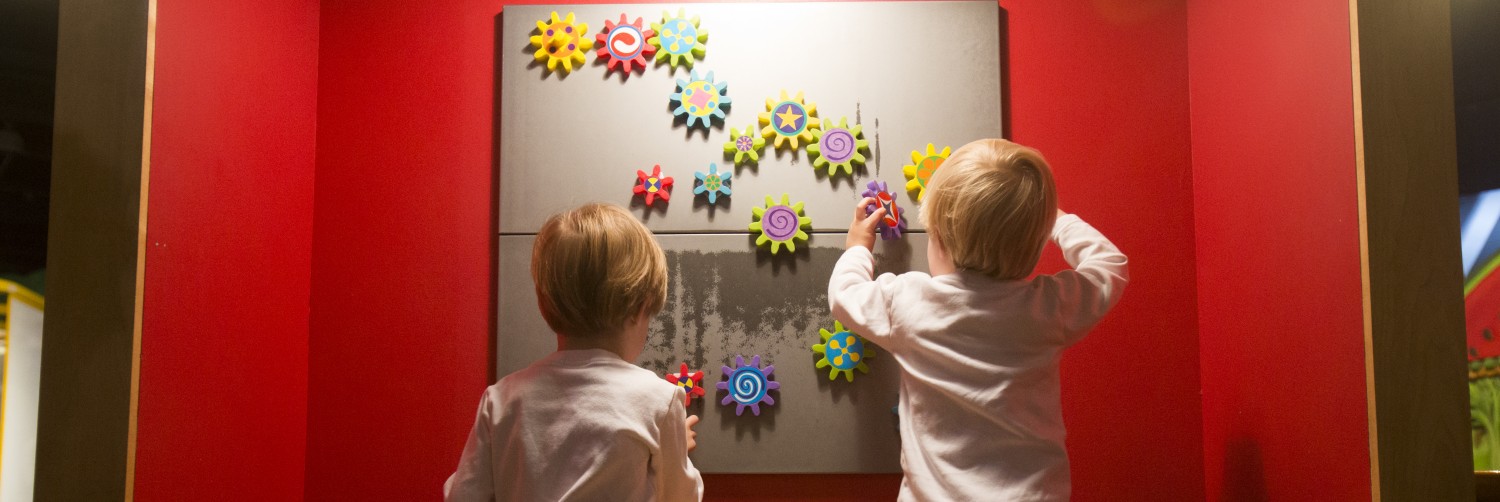For our last little peek behind the pages of the fairy tales in our current exhibit, Once Upon a Time, we’d like to celebrate one of the best-known of them: Cinderella! The beauty with the special slipper has a very, very long lineage. Stories about her, or women very much like her, have been traced back hundreds of years, to China, Greece, and Egypt.
The Greek-Egyptian version of Cinderella is most likely the earliest, although it lacks many of the elements that are more familiar to us from the European-derived stories of the 1700s. In this tale, the heroine is named Rhodopis, and she was one of many servants of a Greek businessman and politician named Xanthes. He had taken a party to Egypt for business, and Rhodopis, bathing in a spring, had one of her slippers snatched up by an eagle, who then dropped it in the lap of the King of Egypt. The king took this as a sign from the heavens and searched everywhere for the slipper’s owner. Rhodopis, also known as Rhodope and as Doricha, was most likely a real woman, a courtesan (or “hetaera”) who lived about 2600 years ago, but the story about the shoe was probably a tall tale, and we can thank her contemporary, Aesop, for that.
More than a thousand years later, the popular tale had made its way to China. Tuan Ch’êng-shih wrote of a heroine named Yeh-Shen, and her story is closer to the version that we know. Yeh-Shen longs for happiness and marriage since her stepmother is so cruel, and she has some supernatural help from a magical fish who grants her wishes. Yeh-Shen attends a ball wearing a beautiful dress and slippers made of gold, and leaves one behind, in the hands of a charming king, when her allotted time expires.
Yeh-Shen and Rhodopis stories continued to be told, with different names, as the centuries passed, with dozens more iterations than we have room to discuss here. In 1697, Charles Perrault’s version, “Cendrillon,” was published, and it’s pretty much the final form that we know it today. Earlier European versions had replaced the magical benefactor with a kind godmother, but Perrault made her a fairy godmother for the first time. She transforms a pumpkin into a carriage, makes the slippers from glass, turns mice into horses, and so on. Basically all the elements of Cinderella that we all recognize are present in Perrault’s version, which has as strong a claim as any to being the most popular of all fairy tales.
Perrault’s was not the final version, of course, because as we’ve discussed, fairy tales are always changing and evolving. In recent years, Hollywood movies like Snow White and the Huntsman and Maleficent have given classic fairy tales a darker edge, but the Cinderella story was taking on heavier overtones quite early on. In 1812, the Brothers Grimm, Jacob and Wilhelm, published their seminal collection of European tales, and the Cinderella version that they included, entitled “Aschenputtel,” is much darker than Perrault’s and all the variants that followed it.
What interests me about Cinderella, though, is that the bleak overtones that some writers and folklorists have added to the story don’t actually seem to stick. As we noted in the first of these features, about Jack and the Beanstalk, many fairy tales actually thrive with a little color and backstory and discussion of motivations, even if it’s sometimes darker. Cinderella, however, shrugs off anybody’s attempts to darken it. Perhaps because the core of the story is so bright and happy, and its tale of wish-fulfillment is so encouraging and promising, that darkness just doesn’t belong to it. Cinderella is arguably the most popular fairy tale in the world, and the happiest.
Further reading: Lit Reactor | readyed.com.au | popsugar.com
